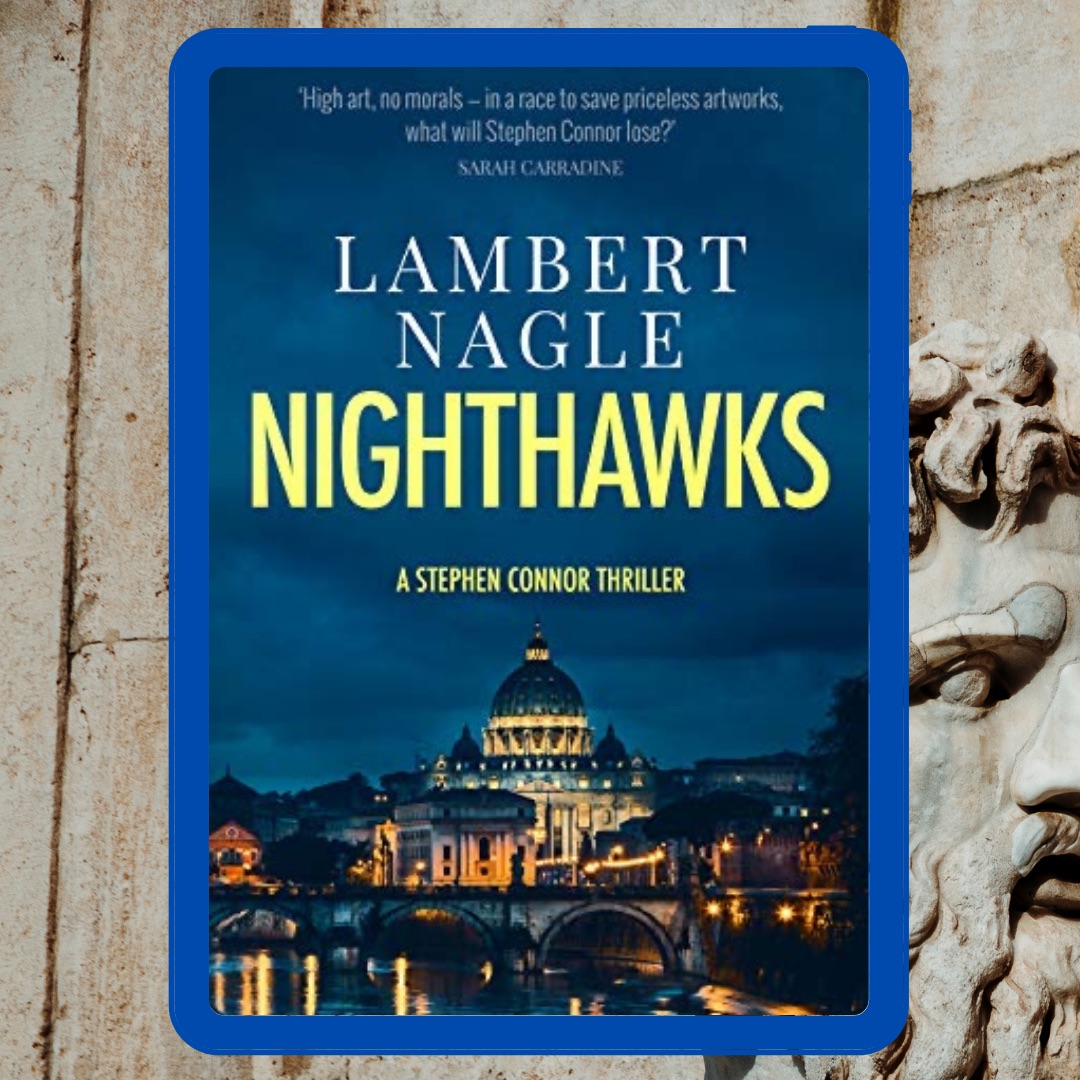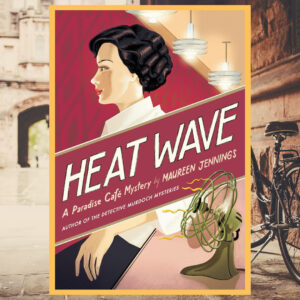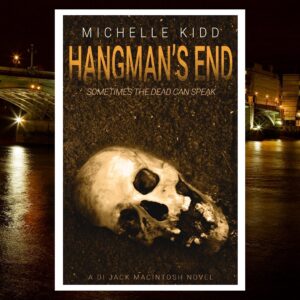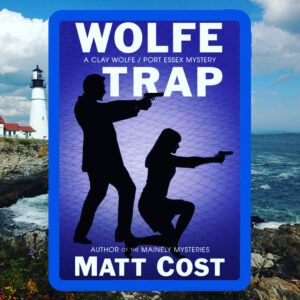⭐️⭐️⭐️⭐️
Stephen Connor is a cop, a man who feels himself to be often misunderstood, and yet does his best to do the right thing, as he is, at the end of the day, including mistakes and all the messiness around them, “an honorable man, in a difficult job”.
In this, the second book in the Stephen Connor thriller series, our hero’s job is even more difficult – on “voluntary” secondment to Italy to work with local cop Elisabetta di Mascio and her “Carabinieri for the Protection of Cultural Heritage” team to crack a ring of hoodlums looting ancient art treasures, Stephen is struggling with the language, and with the culture, and very quickly finds himself embedded in a multi-layered criminal plot that is deeper and more complex than initially apparent.
The pace of this book is so quick, so snappy, that before you know it, Stephen and Elisabetta are engaged in a crime puzzle that spans international borders including Geneva, Naples, Rome and even Boston, drawing in a medley of characters including a mysterious priest, terrifying mobsters, bent cops, thugs and hired enforcers, as well as a medley of Neapolitan street urchins, pick pockets and gangsters.
The locales are cinematic and atmospheric – from his amateurish undercover forays into auction houses in Geneva, to his attempts to evade the quick and desperate street gangs in Naples, Stephen appears almost (but not quite) completely in over his head, and that, in fact, is the core of his charm as a character. No tough guy hero here, Stephen is every-man, embodied as a cop, a little bit awkward, yet hugely relatable as someone who we see will get messed around but (we hope) will figure it all out and land squarely (shakily?) back on his own two feet.
Along the way, I also enjoyed learning a little bit about art history, welcoming the chance to think a little bit about the themes the author raises. Just imagine living in a land so rooted in ancient history that just digging deep enough, and in the right place, could unearth invaluable treasures, centuries old.
- Is it fair for these artistic artifacts of our past to be stored away, out of sight and not enjoyed by the public? Who should “own” them?
- Can the beauty of art be transformative? Can art, in fact, make us better human beings?
Interesting questions.
Readers who enjoy fast-paced thrillers in exotic locales will love this book, and I’m looking forward to reading more in the series. (I did not read the first in the series before this one, and did not find it at all to be a problem.)
A big thank you to the author for an advance review copy of this book in exchange for an honest review. All thoughts presented are my own.



